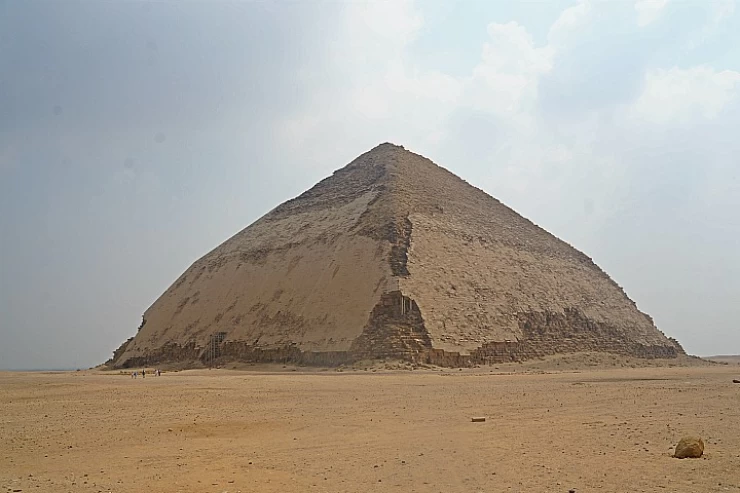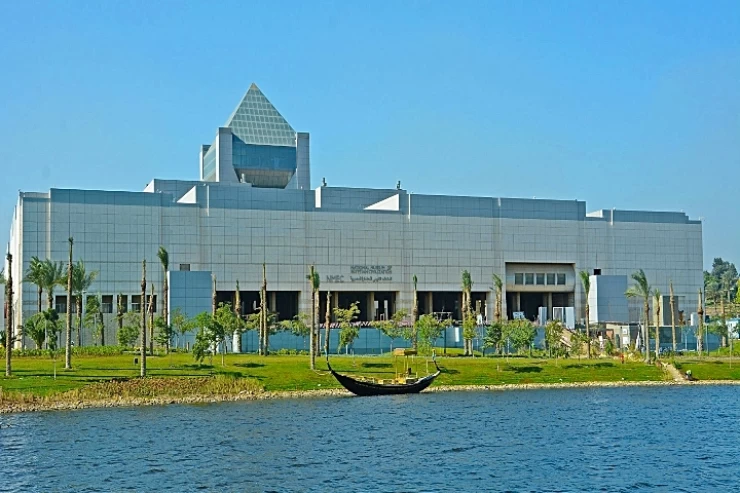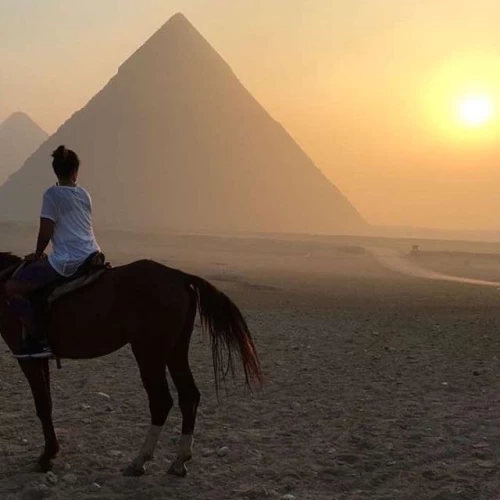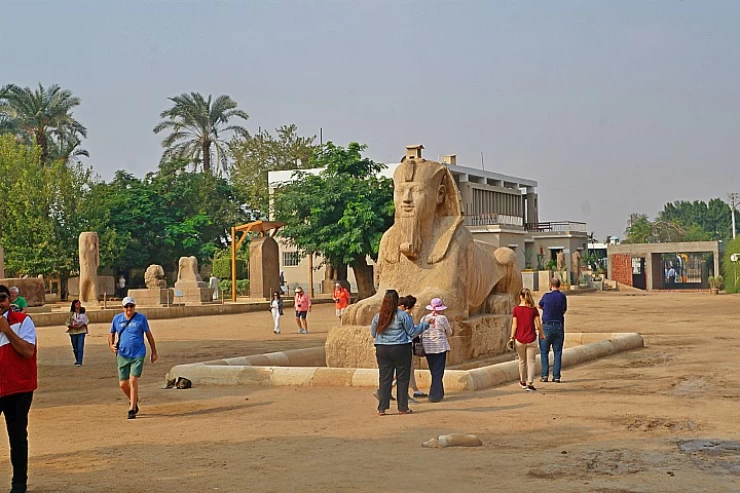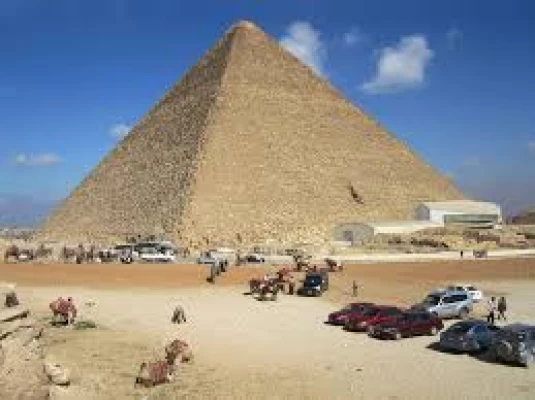
Giza -Ancient History Encyclopedia
Facts About Giza City
The first step in building a pyramid was to choose a suitable site. It had to be on the west side of the Nile because the west was where the sun set and where the dead were supposed to enter the underworld. The pyramids also had to be located on high ground, away from the danger of flooding when the Nile rose.
However, it could not be too far from the riverbank, as the river would be used to transport high-quality limestone blocks for the outer shell from Tura, on the other side of the Nile. The chosen site would be located at a point on the desert plateau that would provide a solid rock base capable of supporting the great weight of the pyramid without any risk of cracking. Therefore, it needed to be very near the capital so that the king could examine what was being built on site whenever he felt like it.
The oldest buildings in Cairo go back about two hundred years before Christ in the Greco-Roman days; however, none can be compared with or come close to Giza’s Pyramids, which have gained worldwide recognition as they are the very first and last pyramids that were constructed in whole of Egypt.Cairo’s History how Giza and Memphis have different development timelines in Cairo’s enchanting history.
Memphis (the actual heart of Egypt) was then while Giza’s pyramids formed part of the city itself (2686-2181 BC). Memphis as a city is therefore more prominent than Giza; it has about one hundred pyramids scattered across the areas surrounding cairo. The proximity of Cairo to Memphis emphasizes its importance in ancient Egyptian history since they are all located close to lower Nile delta.
Giza pyramids were built as tombs for three pharaohs from the fourth Egyptian dynasty (2575-2465 BCE). The oldest of these and northernmost pyramid was built for Cheops who was the second king in this line of rulers. Khephren, one of Cheops’ sons, is the next ruler in this list; he has the middle pyramid dedicated to him. Finally, Mykerinos was Khephren’s son and successor who built the southernmost and last pyramid.
Around these three main pyramids are a number of smaller subsidiary pyramids belonging to various royal women, including Cheops' mother, Hetep-Heres, and his wife Henoutsen, as well as Khentkaous, daughter of Mykérinos.







